Sleep is universal, but nature doesn’t believe in beds, pillows, or even common sense. Across the animal kingdom, sleep takes forms that defy logic, gravity, and comfort. Whether it’s upside-down, mid-flight, or with only half a brain, these creatures take rest to bizarre extremes—and somehow, it works.
You think you have trouble falling asleep in new places? These animals nap in open water, during migration, or with one eye wide open. Here are 12 wild sleepers that prove rest doesn’t need to make sense—it just needs to work.
1. Dolphins Sleep With One Eye Open

Dolphins don’t fully shut down when they sleep—they literally let half their brain rest at a time. Known as unihemispheric slow-wave sleep, this allows them to keep one eye open and remain alert to danger, breathe consciously, and even swim while sleeping. According to NOAA, this adaptation is crucial for survival in open water.
It’s a brilliant biological hack: one side of the brain naps, the other stays on guard. There’s no REM cycle, no full shutdown—just constant, cautious power naps. Basically, dolphins are the insomniacs of the sea, but with a purpose.
2. Horses Sleep Standing Up—Most of the Time

Thanks to a unique system of tendons and ligaments known as the “stay apparatus,” horses can lock their legs and snooze upright without collapsing, as detailed by The Equine Institute. It helps them stay alert and ready to flee from predators at a moment’s notice. But for deep REM sleep, they still have to lie down.
So most of the time, they power nap like statues—and then take the occasional horizontal dive into dreamland. It’s half chill, half “ready for battle.” No wonder they look noble even when they’re dozing.
3. Frigatebirds Sleep While Flying
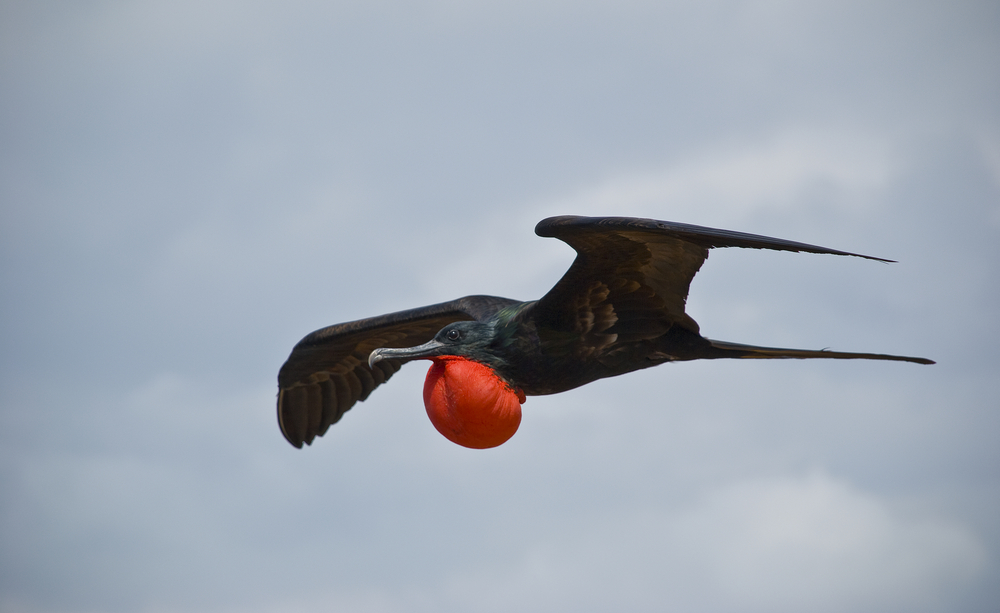
Yes, some birds can literally nap mid-air. Frigatebirds can sleep while soaring over the ocean during multi-day flights. Like dolphins, they shut down one half of their brain at a time, catching micro-naps without crashing.
According to the National Audubon Society, frigatebirds average 42 minutes of sleep per day during long flights. That’s less than a new parent. And yet, they still manage to cross oceans without falling out of the sky. Iconic.
4. Sea Otters Hold Hands So They Don’t Drift Apart
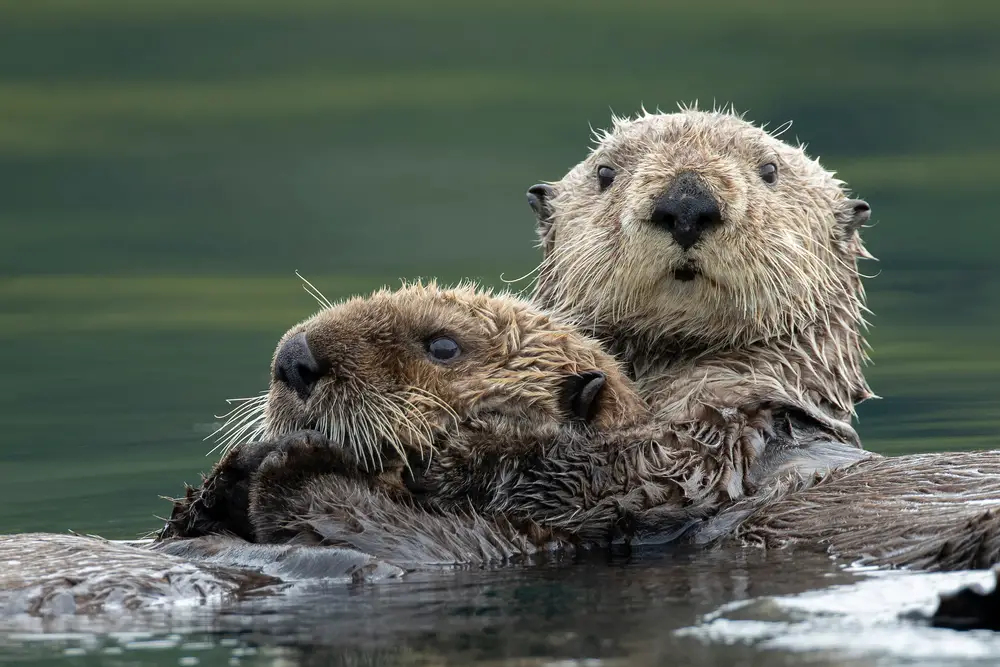
Sea otters are known for floating on their backs while they snooze, bobbing gently in kelp beds. But they’ve also developed a ridiculously adorable habit: holding paws with a buddy while they nap. It’s not just cute—it prevents them from drifting away in their sleep.
They also sometimes wrap themselves in seaweed like a fuzzy sleeping bag. This isn’t just functional—it’s affectionate. Sea otters sleep like they love, with full commitment.
5. Swifts Sleep While Flying for Months
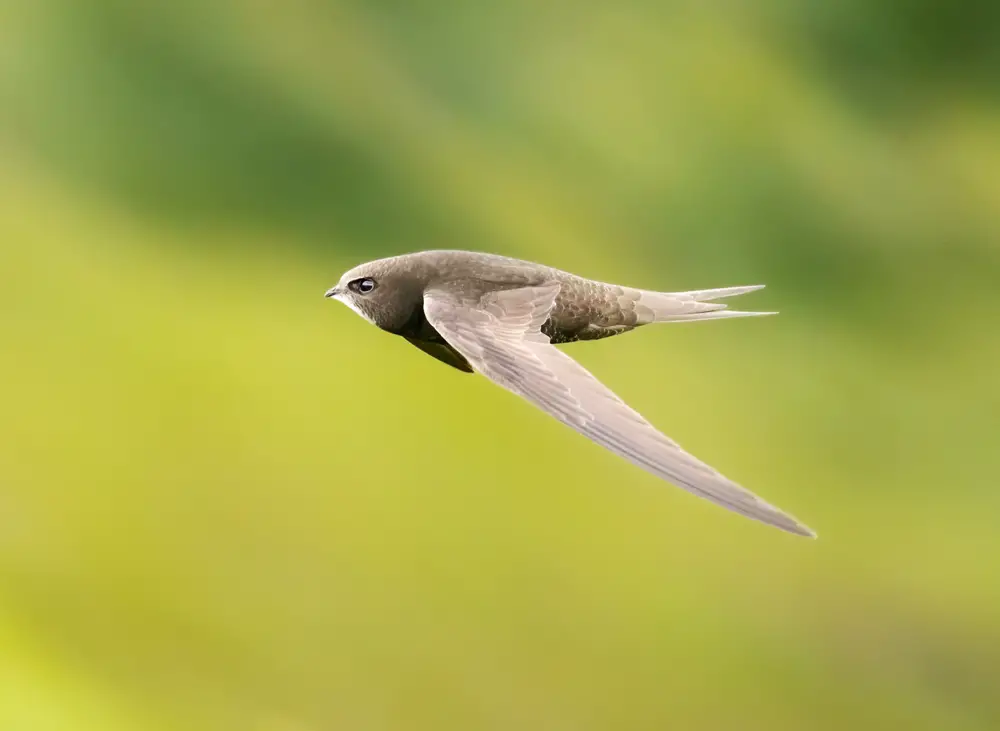
Some species of swift can stay airborne for up to 10 months straight, sleeping on the wing as they migrate. Using brain hemisphere control, they rest in microbursts without stopping. That means no trees, no nests—just open sky.
It’s extreme sleep efficiency. While we dream on memory foam, swifts chase dreams in midair. Eat your heart out, frequent flyers.
6. Sharks Never Really Sleep
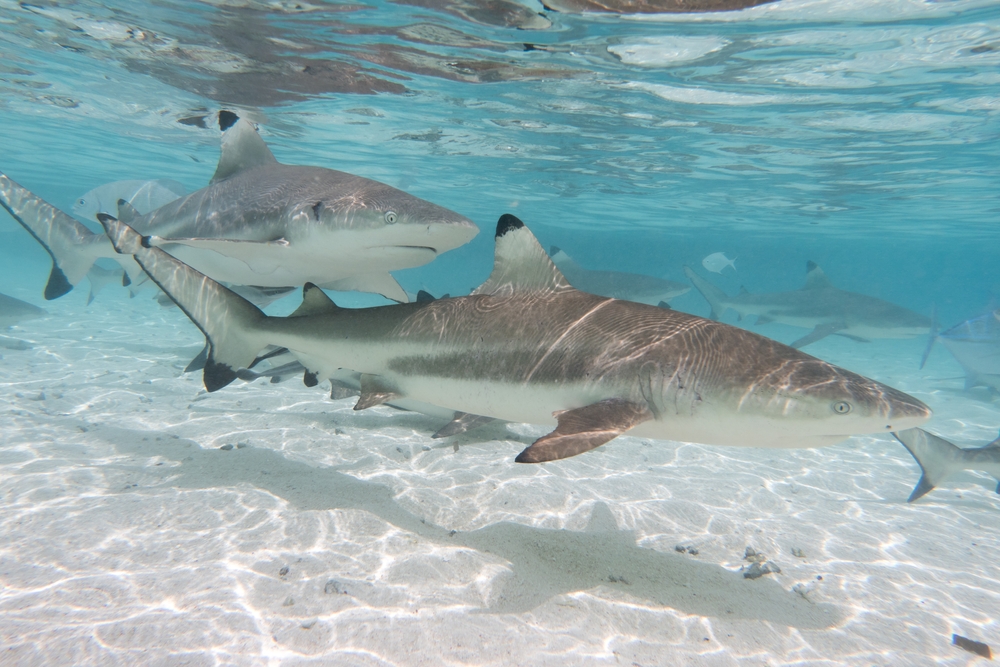
Most sharks lack the biological tools to enter deep sleep—they need constant movement to breathe. So instead of true sleep, they enter a restful, low-activity state. Some species, like nurse sharks, do find secluded spots for short naps, but others must keep swimming even while semi-conscious.
Think of it as a rolling meditation: their bodies go on autopilot while their brains stay partially aware. It’s sleep, shark-style. Function over comfort.
7. Parrotfish Make Mucus Sleeping Bags
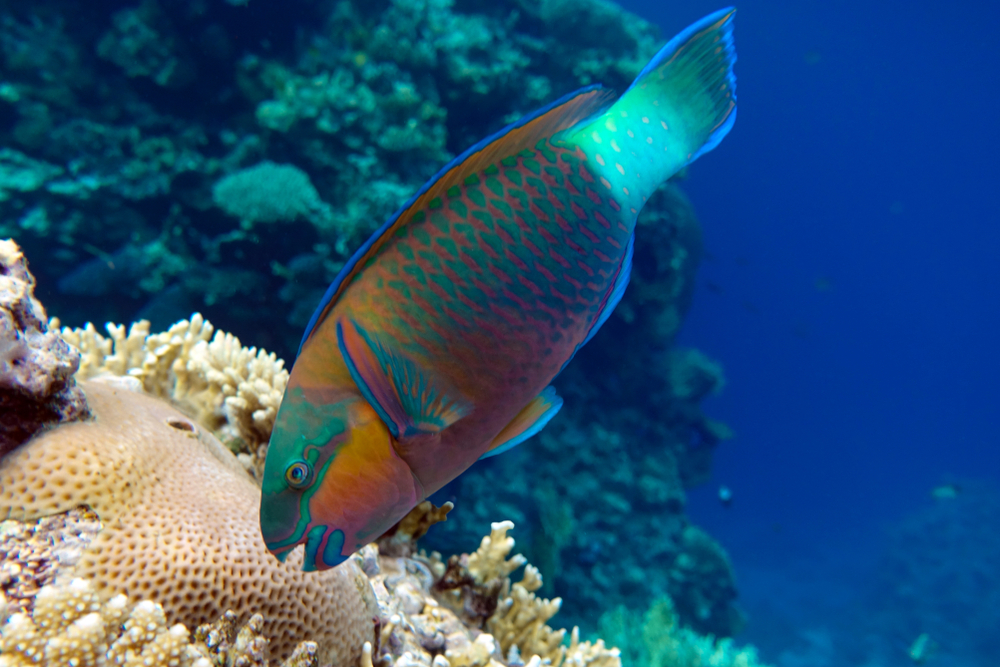
Every night, some parrotfish secrete a mucus cocoon around themselves before bed. It protects them from parasites and masks their scent from nocturnal predators. Yes—these fish make their own slime sheets for bedtime.
It sounds disgusting, but it’s smart. And scientists believe it may even have antimicrobial properties. Sleeping in a snot bubble? Efficient and eco-conscious.
8. Bats Sleep Upside Down for Gravity’s Help
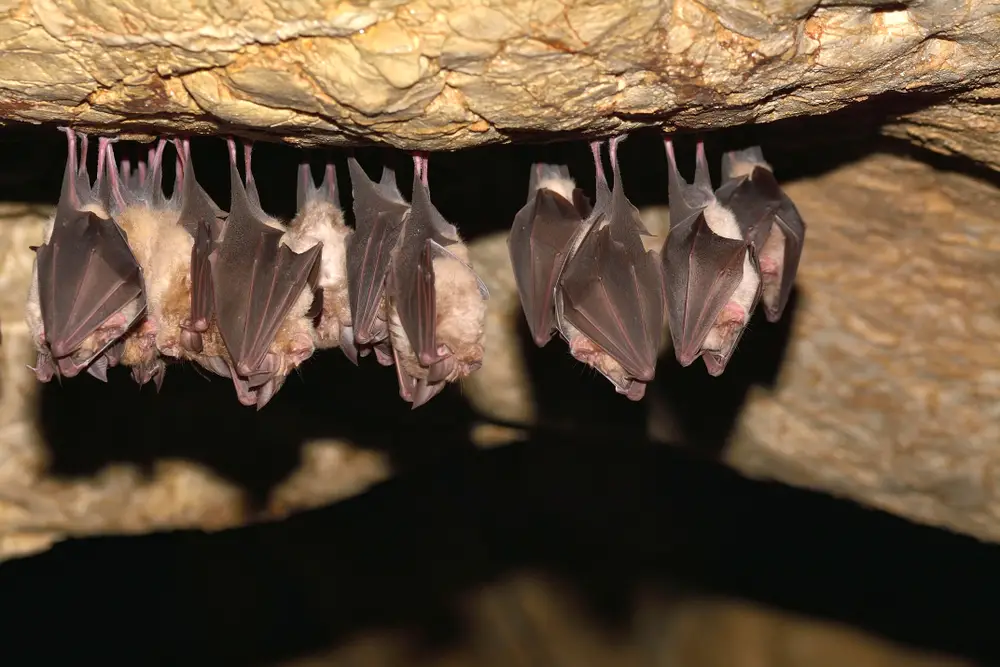
We know bats roost upside down—but there’s a reason. Their tendons naturally lock into place when hanging, so they don’t waste energy staying put. Gravity does most of the work. And because they can’t launch into flight from the ground, sleeping in high places gives them an edge.
It’s a sleep posture with built-in escape strategy. Weird? Yes. Genius? Also yes.
9. Walruses Nap in the Water Using Built-In Flotation
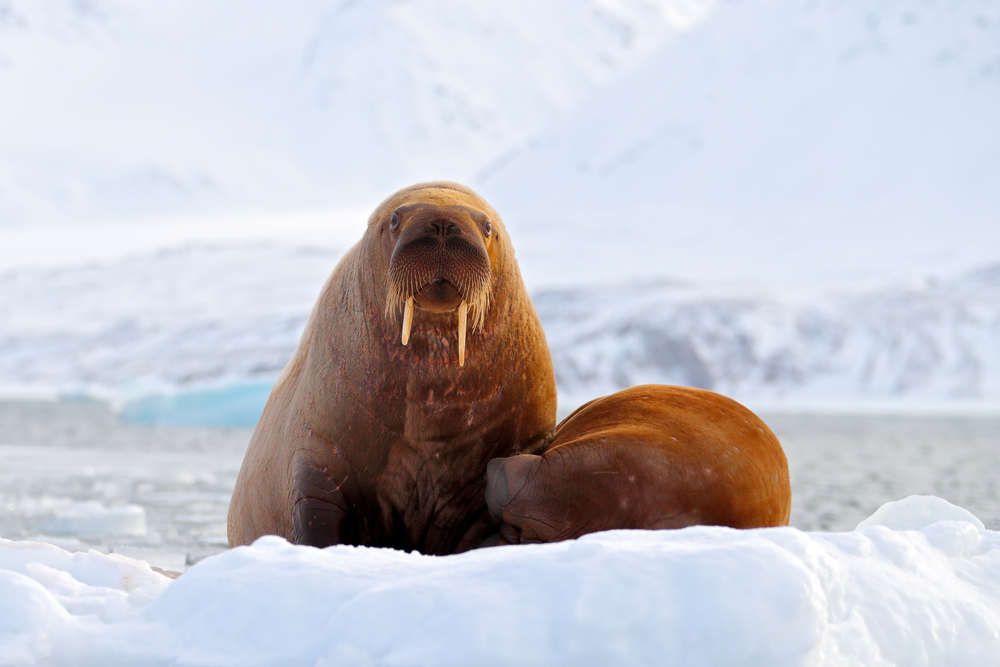
Walruses have a nifty biological trick: they can inflate air sacs in their necks, acting like built-in floaties. This lets them sleep bobbing upright in the water, looking like enormous, drifting sausages. They can also sleep on ice, land, or anywhere else they can flop.
Whether in Arctic waters or rocky shores, walruses nap with zero shame. It’s not pretty—but it works. Float, snooze, repeat.
10. Ants Power Nap in Rotating Shifts
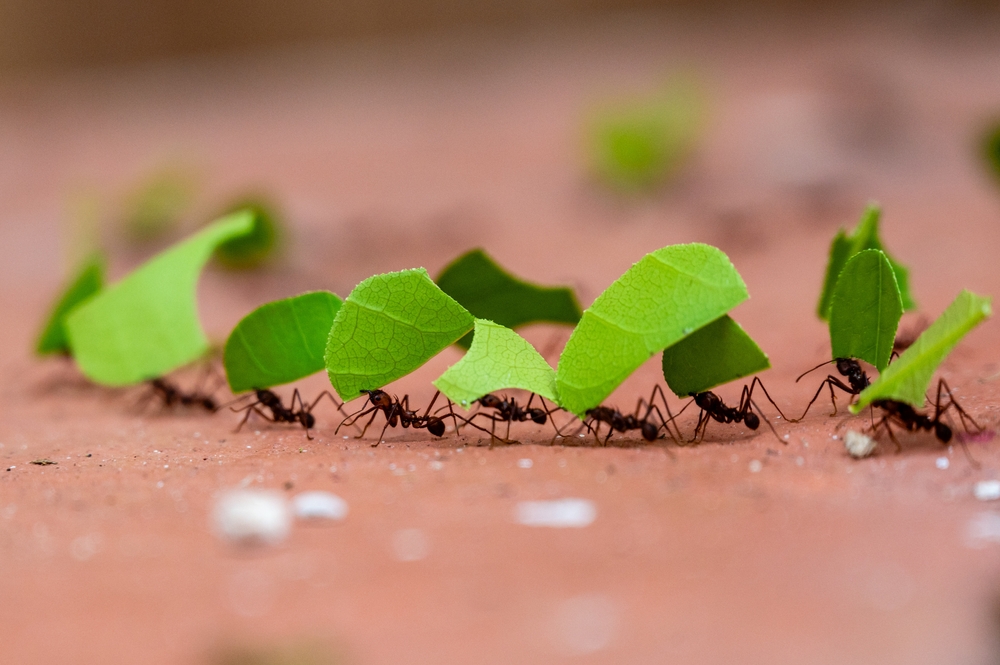
Ants are the ultimate multitaskers, and their sleep schedules reflect it. Workers take tiny naps of just over a minute, cycling through brief rest periods while others stay active. A colony stays functional 24/7—but each ant still gets about four hours of sleep total.
Queens sleep longer and more deeply, while workers run on micro-naps. It’s tactical sleep for a tactical life. And it explains why ants never seem to stop moving.
11. Migratory Birds Sleep in Giant Groups—While Floating
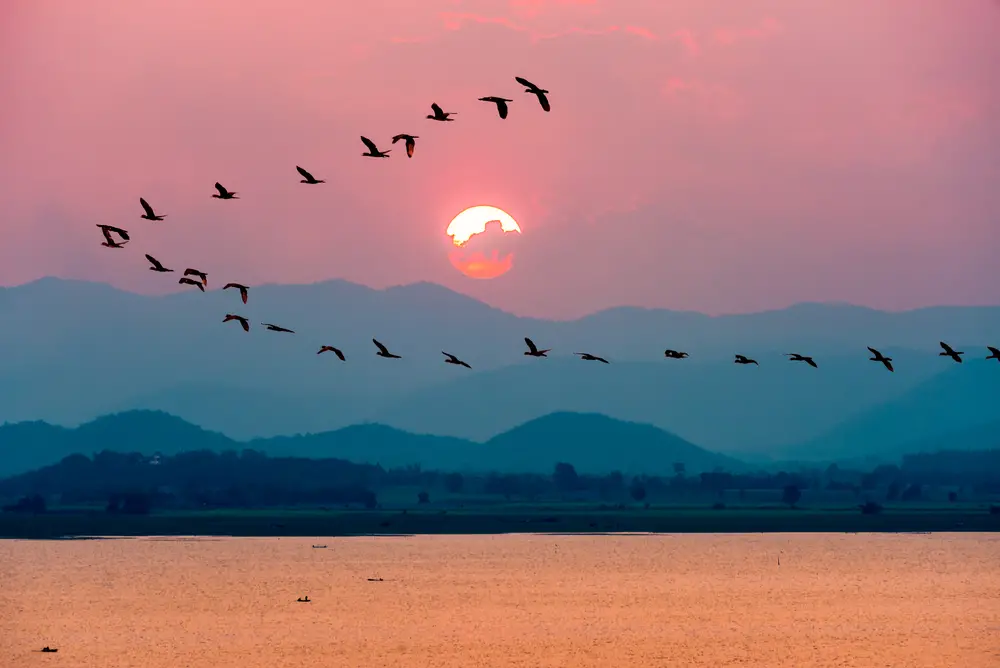
Species like ducks and geese often sleep while floating in formation on water. In large flocks, birds on the edges sleep with one eye open, while those in the center get deeper rest. Then they rotate positions—so everyone gets a turn at proper sleep.
It’s strategic, cooperative, and kind of beautiful. Everyone takes a shift, everyone gets protected. Birds invented the original co-op housing.
12. Flamingos Sleep Standing on One Leg
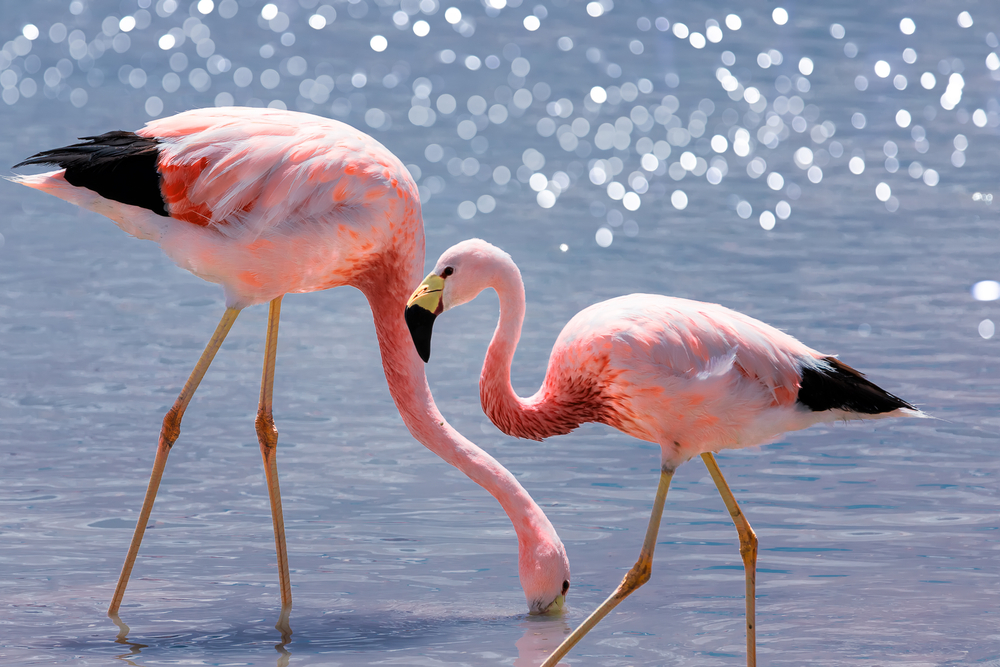
Flamingos sleep while balancing on a single leg, sometimes with their heads tucked into their feathers. Scientists believe it helps regulate body temperature by reducing contact with cold surfaces. But it also might help them stay stable during deep sleep.
The fact that they don’t fall over is baffling. But they’ve mastered the art of standing rest. Flamingos are the yoga instructors of the bird world—and they don’t even try.
